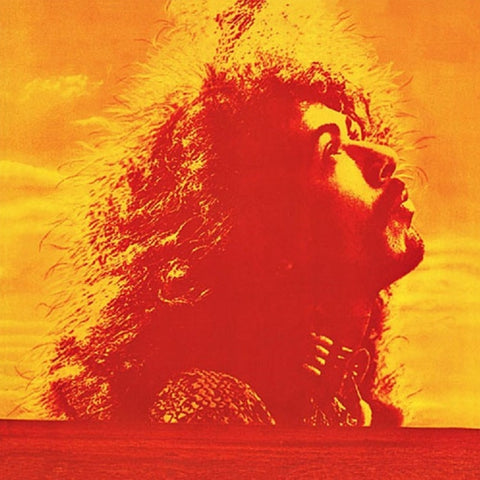
Obviously the main goal of using cleaning products is to facilitate the removal of surface contaminants. The use of these agents is common in most types of cleaning, and has four different, often supplemental purposes. This can be done by dusting, wiping, sweeping, or vacuuming, but is very often done with the aid of cleaning products. In general the main activity of the cleaning job is cleaning surfaces, particularly floors, furniture, sanitary fittings, windows, vehicles, machines, and other work equipment. In addition, for some specific jobs such as domestic service work, many different tasks form part of the “cleaning” job, such as shopping, cooking, and child care. In many settings cleaners not only perform strictly “cleaning”, but also other (related) activities such as disposing waste or wastewater. This may result in a wide variety of work tasks of the cleaning job. The main goals of cleaning are to maintain functionality, appearance, and appropriate hygienic conditions of buildings and public places outdoors.

The purpose of this paper is to provide a concise overview of the most common occupational hazards in cleaning work, and to discuss possibilities to improve control and prevention. Taking into account all these particular characteristics, cleaners are likely to escape from control such as regulations, health surveillance, and risk prevention. The related low social and legal protection results in payment on an hourly basis without proper contracts or insurance. This is often characterised by precarious employment, often part-time. An important number of cleaners are employed in the informal sector, particularly those in cleaning private homes, 2 but also in cleaning bars, schools, and other places. Cleaners may be employed by private cleaning companies and sent out to clean buildings of various contractors, which may result in dispersed workplaces. 4 Immigrants constitute another major group doing cleaning work in many industrialised areas.

In many countries cleaning work is predominantly done by women, with a relatively high proportion of older women. 3, 4 There are a number of important differences in the organisation of cleaning jobs between geographical areas and their prevailing cultures, which are related to differences in work conditions and hence occupational hazards. 2 Cleaners often have low occupational skills and belong to the less advantaged educational and socioeconomic groups.

Cleaning workers form an important proportion of the total working population for instance 3% in the USA, 4% in Finland, 1 and 10% of the female working population in Spain.
Santanna desktop cleaner professional#
Professional cleaning is a basic service occupation that is carried out worldwide in many different environments, both indoors and outdoors.


 0 kommentar(er)
0 kommentar(er)
